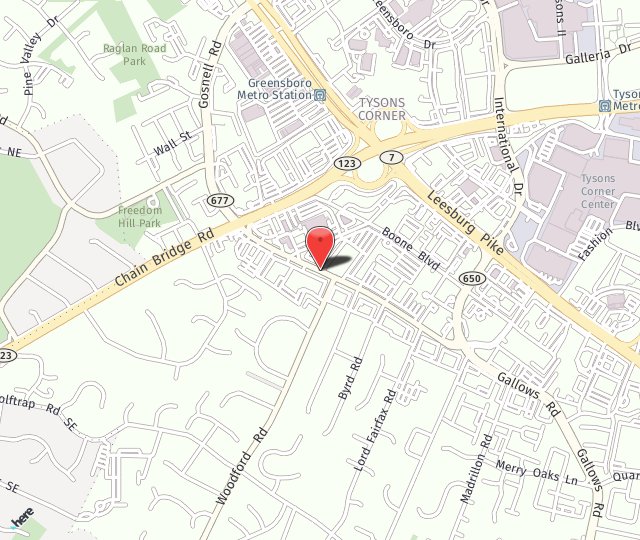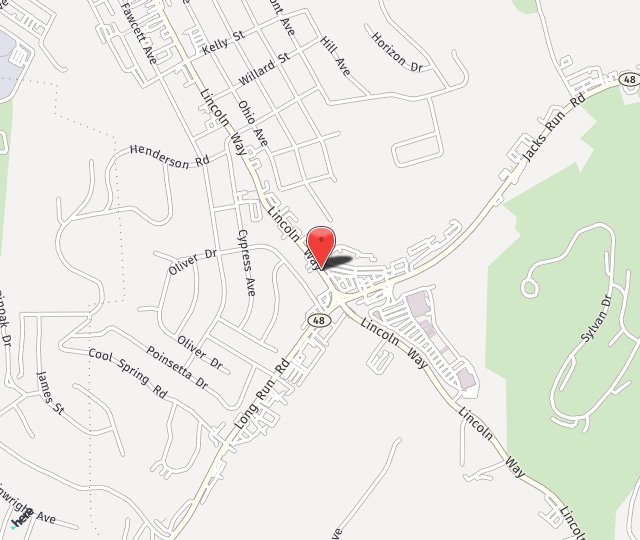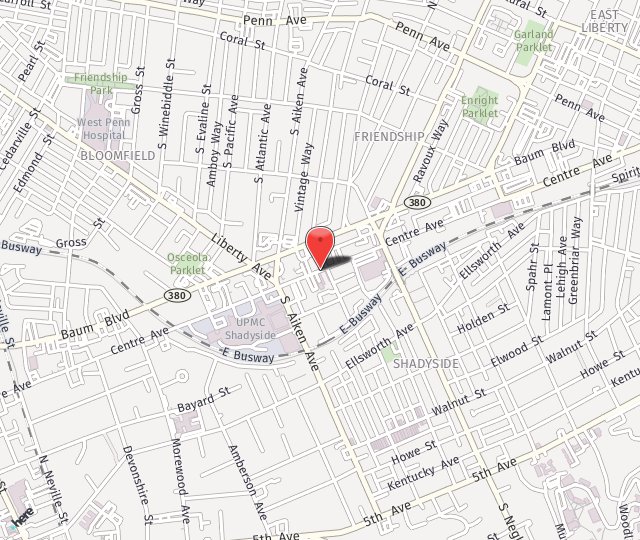IntraLase™ represents an improvement on traditional LASIK surgery. In the past, a LASIK procedure always involved the use of a blade called a microkeratome to create corneal LASIK flaps. Using IntraLase, however, no blade is used. The doctor is able to create a LASIK flap without touching the eye. IntraLase uses laser energy to create an individualized corneal flap for the eye shape of the particular patient, providing excellent results and many fewer complications. IntraLase treatment results in such a safe, effective vision correction that it is routinely used for patients for whom clarity of vision is tantamount, such as military pilots and astronauts.
The Benefits of IntraLase
With a low risk of complications and high level of precision that IntraLase provides, bladeless LASIK treatment has become the standard among leading LASIK surgeons and ophthalmic teaching institutions worldwide. Compared to methods that use a microkeratome blade, this minimally invasive procedure reduces the risk of complications that may occur during the creation of the corneal flap and may, albeit rarely, impair vision. The benefits of IntraLase may include:
- Creating corneal flaps in a more precise way
- Treating patients with thin corneas previously ineligible for LASIK correction
Candidates for IntraLase
Candidates for IntraLase treatment must be at least 18 years old to ensure that their eyes have matured. They must also have visual stability and be without eye infection or injury for one year prior to surgery. Patients not eligible for IntraLase surgery may include those with any or the following conditions:
- Dry eye syndrome
- Lupus, Sjogren's syndrome, or another autoimmune disorder
- Corneal edema or lesions
- Glaucoma
- Corneal implant
- Keratoconus, a degenerative disorder of the eye
The IntraLase Procedure
IntraLase treatment applies rapid pulses of laser energy to the top outer layers of the cornea. These laser pulses move back and forth across the cornea, creating microscopic bubbles just below the corneal surface. Eventually, the bubbles under the cornea conjoin to create a flap. With computer guidance, the laser procedure allows the surgeon to be extremely precise, creating optimal depth, position, and diameter of the flap specific to each patient's needs. Once the flap is created, it is lifted aside by the surgeon and the usual LASIK procedure continues. Creating the corneal flap with Intralase takes about 15 seconds for each eye.
Discomfort is generally minimal following IntraLase. Significant improvement in vision is usually apparent the very next day. Most patients are able to resume normal daily activities, including driving and returning to work. Patients should, however, avoid the following activities for at least two weeks after surgery:
- Applying eye makeup
- Swimming
- Rubbing the eyes
Follow-up visits are required to avoid evaluate the success of the procedure and to ensure that the patient's vision remains crisp and clear.
Risks of The IntraLase Procedure
IntraLase has proven to be extremely safe and effective. Nevertheless, no surgery is entirely free from risks and complications. Following an IntraLase procedure, some patients may experience one or another of the following symptoms:
- Increased sensitivity to light
- Blurred vision
- Dry eyes
- Halos or glare around lights at night
Typically these symptoms decrease during the period immediately after surgery. For the problem of dry eyes, eye drops or ointments may be prescribed. While extremely rare, more serious risks after surgery may include:
- Overcorrection or undercorrection of vision
- Corneal swelling or thinning
- Hemorrhage or clotting
- Retinal detachment
- Infection of the eye
- Loss of vision




